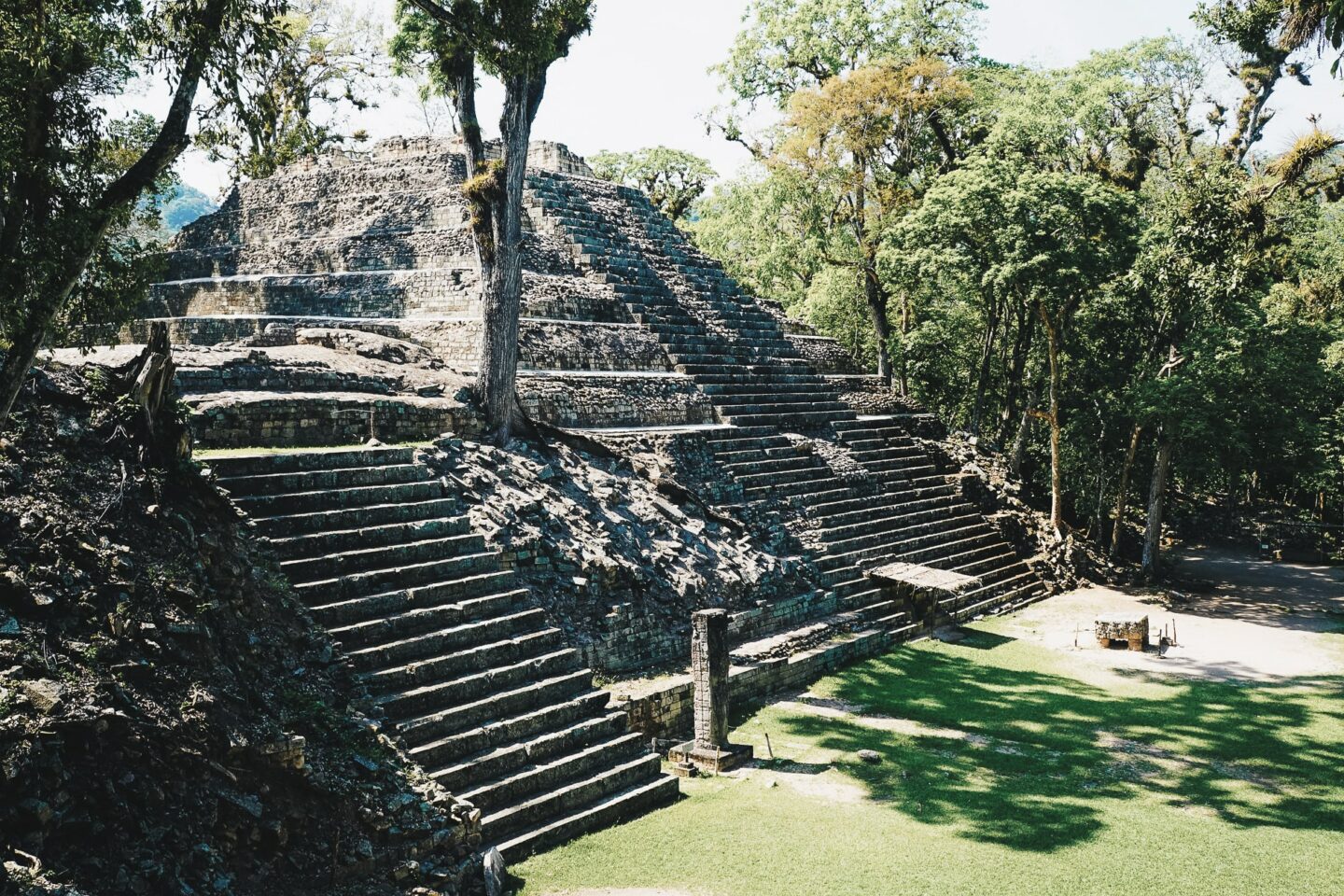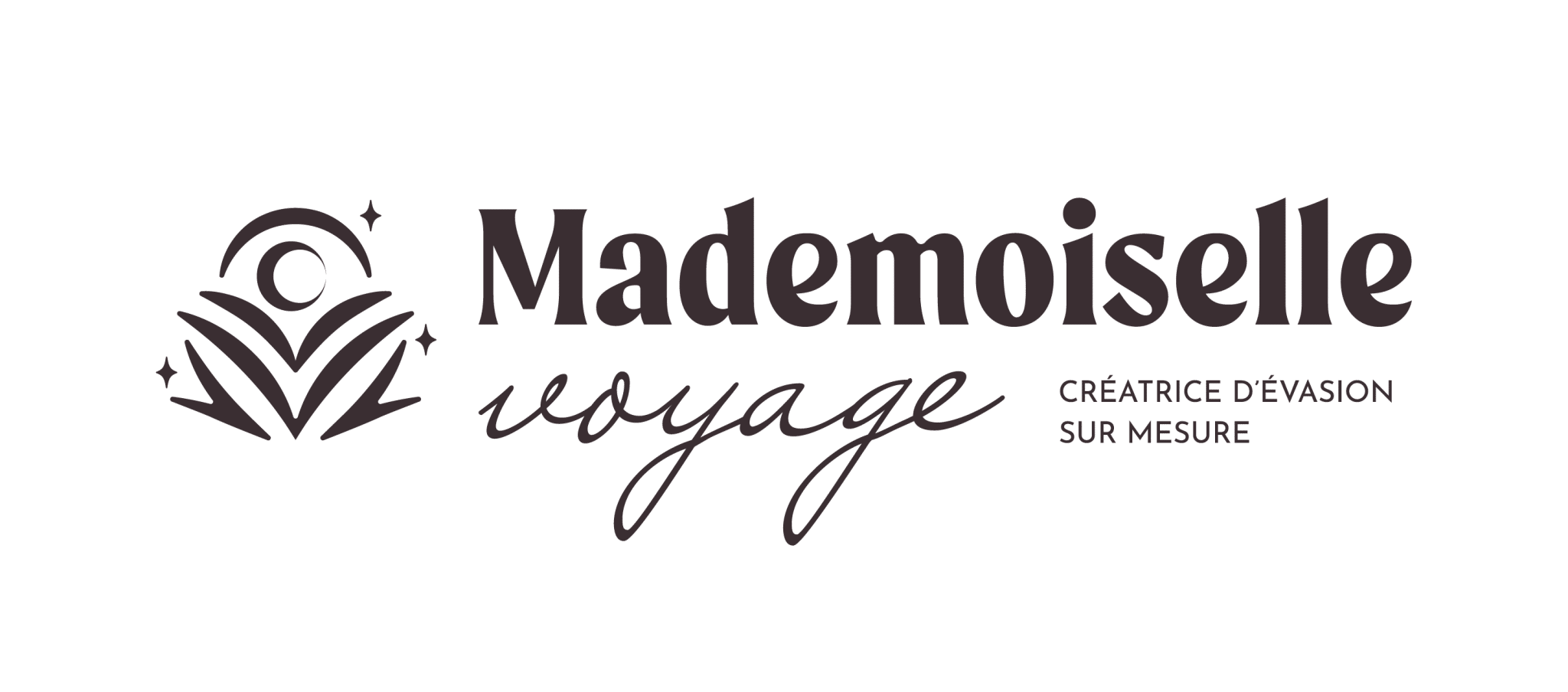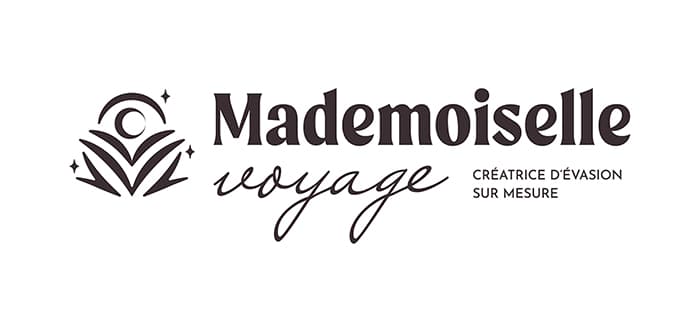
To help you make the most of your trip to Honduras, here is some essential information to help you prepare for your trip. Discover our practical guide to this forgotten destination.
Honduras is a country that Europeans have yet to visit, compared with its neighbors Mexico, Costa Rica and Guatemala, for example. That said, some of the country’s Mayan highlights, such as the ruins of Copán, have long attracted the attention of travellers and are now a must-see on Central American tours. This destination offers a wide variety of off-the-beaten-track outdoor and cultural activities, but it also boasts a magnificent coastline thanks to its proximity to the world’s second largest barrier reef. Lovers of diving and snorkeling, but also of pretty beaches and idleness, will be enchanted by this atypical destination.
To prepare for your trip and make sure you don’t miss out on all there is to see and do in Honduras, I invite you to see our general article on Honduras
- Thefts
- Several airlines serve Honduras from France, offering flights with one or two stopovers. : Air France, British Airways, American Airlines, Continental Airlines, Delta. There are currently no direct flights from Paris. In general, you’ll need to make a stopover in the United States.
- Honduras has three international airports: Tegucigalpa, San Pedro Sula and Roatán.
- The cost of a plane ticket varies from €500 to €1,400, depending on when you book your flight! Expect to pay around €800/p for an economy class flight
- Flight time: between 10h and 11h travel time
- If you come by plane, there is no entry tax on arrival. On your return, however, you may be asked to pay a airport tax of $35/p payable in cash only.
Find your cheap flight to Honduras with Skyscanner
- Time difference
- Language
The official language in Honduras is Spanish. There are also a multitude of Indian languages spoken by their communities, of which the main ones are: Misquito by the Misquitos, Garifuna by the Garifunas, Torrupán by the Tolupans and Sumu by the Sumus. English is also spoken on the Caribbean islands of Utila, Roatan and Guanaja.
- Currency
The Lempira – HNL
Don’t forget to bring US dollars, as this is the only currency that banks exchange.
- Taxes and tips
In Honduras, there is a 12% sales tax and an additional 4% for certain tourist services. In some places, the service charge (10%) is included in the bill. In this case, you do not need to leave a tip.
- No vaccinations are required
- It’s always advisable to be up to date on certain vaccines: D-T-poliomyelitis, typhoid, hepatitis A and B, tuberculosis.
- Remember to take out insurance to cover medical expenses and repatriation in the event of a problem.
- Pack good mosquito repellents for clothing and skins. You’ll avoid being bitten by mosquitoes, which carry malaria and other parasitic and viral diseases, in particular dengue fever, chikungunya and the Zika virus.
- Depending on the area you’ll be visiting, find out which zones are at risk of malaria, and which require anti-malarial treatment.
- Biometric passport valid 6 months after date of return
- Visa required for stays over 3 months.
- ESTA if in transit via the USA.
- An airport tax of around US$35/p for non-nationals, payable in cash only, is payable on leaving the country.
- Electric current
Sockets supply 110V or 220V. Please bring an adapter. 110 v, american plugs – adapter required
- Voltage 110/220 V
- Take a universal adapter for electrical outlets
- Free WiFi is available in virtually every town, hotel, restaurant, bar and public place, and there aren’t too many cybercafés left.
In Honduras, you’ll find a range of accommodation to suit your budget and travel style. You’ll find more choice in developed, tourist areas like the ruins of Copán, the Bay Islands, the Caribbean coast, the capital (Tegucigalpa) and cities like Trujillo and Comayagua.
More often than not, you’ll find budget hostels called “hospedajes” or small hotels with modest comforts and basic decor. Always check room hygiene to avoid unpleasant surprises.
On the Bay Islands, especially Roatán, you’ll find large all-inclusive resorts as well as smaller affordable rooms in diving centers.
If you’re looking for other types of accommodation, you can always find what you’re looking for here:
→ Villas
In Honduras, there are various means of transport to get you around the country:
- The boat
The much-used boat is the only way to get to the various islands of Honduras, as well as to the La Moskitia region on the rivers. Those in the Caribbean are generally economical and comfortable.
- The plane
During your stay in Honduras, you can take the train reserved for tourists. They run from Monday to Friday, are affordable and comfortable.
- The car
During your stay in Honduras, it’s possible to rent a car locally, often at high prices. However, you should know that:
- Drivers are very bad at driving
- Caution is advised, as roads and road infrastructure are not in very good condition (the rainy season makes traffic even more difficult).
- Rented vehicles are not allowed to cross borders
- Don’t drive at night
- Lock windows and doors in both rental cars and cabs.
Our agency can provide you with a car and driver/guide to accompany you throughout your stay and ensure your safety.
- Bus
It’s perfectly possible to get around the country by local bus, however The Ministry of Foreign Affairs recommends avoiding bus travel due to the risk of theft and assault. It’s better to opt for safer, good-quality but more expensive transport companies:
- Saenz (Tegucigalpa – San Pedro Sula)
- Viana (Tegucigalpa – San Pedro Sula – La Ceiba)
- Hedman Alas (other cities)
- Tica Bus to Nicaragua and El Salvador.
As in all these Central American countries, there are a few local specialties to sample. Most typical dishes contain beef, chicken or fish. Bread is cooked in a variety of ways, in the form of fritters, cakes, quesadillas, coconut bread, banana bread and cassava casabe (cassava flour).
- The famous “baleadas “: a kind of local tortilla filled with black beans and cheese that costs next to nothing.
- Empanadas are also part of Honduran cuisine.
- Helotes: corn on the cob cooked, then dipped in margarine or mayonnaise and sprinkled with chilli pepper. It is eaten as a snack, but can also be part of dinner or the main course of a meal.
- Machuca: a kind of stew made with mashed plantains and fish in coconut milk, served in Punta Gorda.
- Casamiento: a typical Honduran dish made with rice and beans.
- Tamales: corn dough stuffed and steamed in corn or banana leaves.
- Pastelitos: small fried turnovers, filled with meat or cheese, or a mixture of both.
- Sopa marinera: a seafood soup
- La sopa of caracol: conch soup
- Desserts include the famous rice pudding with raisins, buñuelos, flan, French toast and fritters, and patacons with ripe bananas and honey.
- Guaro: a brandy found throughout most of the country
- Güifit: a refreshing herbal drink with aniseed and cinnamon.
- The Monkey La la: a kind of alcoholic milkshake, not too sweet but worth a try
- Salva Vida, Imperial, Baleada and Port Royal: local beers not to be missed
Honduras is a country that is gradually opening up to tourism. Unfortunately, even if the situation seems to be improving, the risk of aggression is not nil.
Like El Salvador, Honduras is considered a dangerous country and the homicide rate is one of the highest in the world, also due to the presence of gangs, the maras involved in drug trafficking in particular, who clash in the big cities and kill each other. Armed robberies mainly target Hondurans. The Ministry of Foreign Affairs recommends avoiding bus travel due to the risk of theft and assault.
In general, I always advise you to be cautious and vigilant throughout the country. The tourist areas are fairly safe, such as the Bay Islands (Roatan, Utila, Cayos Cochinos, Copan ruins…) but I wouldn’t recommend staying in Tegucigalpa, the capital, and certain towns such as San Pedro Sula. Simply avoid moving around after dark, don’t carry valuables with you, and keep your personal belongings in a hotel safe. Keep a few small bills handy in case of an attack. Always divide and store your cash in several places.
With its hot and humid climate all year round, here is a short list of things to pack depending on the season you choose:
- Swimsuits, hats and pareos
- Beach bag and flip-flops for the Caribbean
- Light, comfortable clothing for your excursions
- Sandals and a pair of sneakers
- A pair of shoes suitable for jungle climbing or forest trekking
- A Kway in case you get caught in heavy rain!
- A little wool for cooler evenings after a shower
- An excellent repellent for mosquitoes, clothing and skin
- Light, loose-fitting, light-coloured clothing with plenty of coverage for the rainy season to protect you from mosquito bites.
- Soothing cream for severe stings
- High-protection sunscreen and after-sun cream
What to bring back as souvenirs from Honduras? The country’s craftsmanship is influenced by Amerindian culture in its motifs, materials and colors, and uses ancestral know-how. You’ll find plenty of souvenirs such as leather bags, belts, weavings, embroideries and macramé in the markets, but also in local cooperatives and fair trade stores.
- Pottery and wooden objects
In southern Honduras, where the majority of Lencas live, beautiful beige and dark brown traditional pottery is made in the traditional way. This ornamentation is obtained using a burning technique, then carved with graphic motifs. It’s an excellent way to meet these populations.
You’ll also find wooden musical instruments and decorative objects that are part of the country’s traditional crafts.
- Ceramics and sculptures
Around Copán, you’ll find ceramic figurines depicting Mayan motifs, or engravings inspired by the finest architectural features of the Mayan site.
- Jewelry
You’ll also find silver, bronze or leather jewelry, adorned with stones or pearls, inspired by local cultures.
- Cigars and coffee
Honduras produces excellent coffee. During your stay, you may visit coffee plantations, so remember to bring some with you. If you’re a cigar aficionado, you’ll be sure to bring back a few.
Honduras is a tropical country where the weather is hot and humid all year round. There are two seasons.
- Summer: November to June is the driest season (November to April is the best time to visit Honduras).
- Winter, from June to November, is wetter.
- The Caribbean coast enjoys a wetter climate, so it often rains all year round, with a minimum from February to September and record rainfall between September and January.
Like Nicaragua, Honduras is a backpacker destination, making it very popular with budget travellers. As tourism development is irregular throughout the country, the price of services in the most popular tourist areas rises sharply during certain periods, such as Semana Santa (Holy Week). Don’t hesitate to book well in advance, but also to negotiate prices and take advantage of the competition, but to do this you need to speak a little Spanish.
If you go backpacking, the budget can be reasonable, but prices for accommodation, restaurants and activities will be significantly higher in Copán and the Bay Islands (Roatán and Utila), as these are more touristy areas. What “s more, if you go to more remote areas such as Moskitia, prices will rise again due to the scarcity of services and the fact that you “ll need a guide.
If you’d like a tailor-made tour, we’ll rent you a car and arrange for local driver-guides. You won’t be sleeping in dormitories or hostels. We try to find you charming hotels and activities that are less mass tourism or standardized. To give you an idea of the budget (backpackers) and an average price, we reckon on around €60/day for two people, with a few activities included. For a more comfortable budget, you’re looking at around €150/day for two people, with a few activities included.
These prices depend of course on the Lempira price, the period and availability, and are only indications.
- Accommodation, double room with bathroom
Cheap : 250-350 L (10-15 €)
Luxury: 450-700 L (20-30 €)
- Catering
Local meals : 40-70 L (2-3 €)
Tourist catering: 250 L (10 €) the dish
1 L water bottle : 15 L (0,70 €)
Beer: 20 L (1 €)
- Transports
4 h economy bus : 100 L (5 €)
13 h luxury bus : 700 L (30 €)
- Excursions
Entrance to the Copán site : 300 L (14 €)
Utila, Open Water over 4 days, accommodation + dives : 4500 L (200 €)
Fins-mask-tuba outing : 90-120 L (4-5 €)
Boat rental on Lake Yojoa : 70 L (3 €)
Visit to a coffee plantation : 70 L (3 €)
Please note that as an accredited bespoke travel designer, I offer to accompany you in the creation of your tailor-made trip to Honduras and create a personalized itinerary tailored to your desires. Please send me an email at : contact@mademoiselle-voyage.fr

